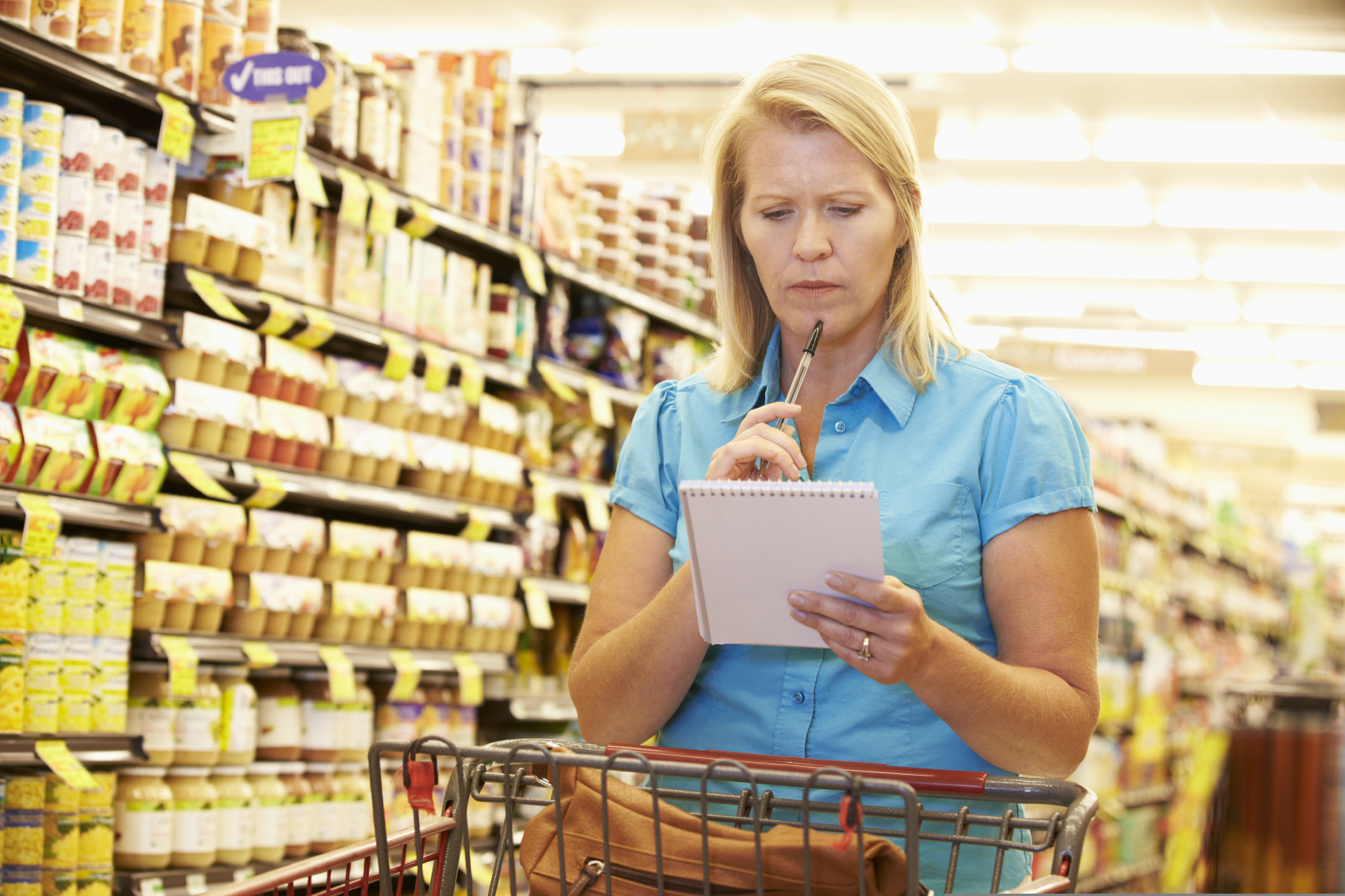
A consumer group has called on supermarkets to play their part in the fight against obesity after finding that more than half of offers were on less healthy foods.
Some 53% of the 77,165 promotions at major supermarkets between April and June were on less healthy foods – those high in fat, saturates, sugar or salt – according to mySupermarket data analysed by Which?
Which? looked at promotions at Asda, Morrisons, Ocado, Sainsbury’s, Tesco and Waitrose, finding that offers on unhealthy food varied between 52% and 55%.
The consumer champion categorised any product with a red traffic light label for fat, saturates, sugars or salt as less healthy – unless an item scored a red for fat and a green for saturated fat – and automatically counted fresh, unprocessed fruit and vegetables as healthier.
Which? found that 52% of confectionery was on offer compared with 30% of fresh fruit and 34% of vegetables.
About seven in 10 soft drinks (69%) that would fall under the higher sugar band category, containing more than 8% sugar, under the Government’s planned sugar tax were also on promotion.
A separate survey by Which? found 29% of consumers said they thought healthier food was more expensive, giving it as the main reason for not having a healthier diet.
Just over half of those polled (51%) said supermarkets should offer more healthy food choices in promotions, naming it as the top action they wanted from retailers, followed by making healthier options cheaper (49%) and making foods with less fat, sugar and salt (49%).
A snapshot study of supermarkets, high street stores, clothes shops, chemists and toy shops by Which? in May found that confectionery and other unhealthy snacks and fizzy drinks were still being promoted at the checkout.
Which? is calling on the Government to publish its Childhood Obesity Strategy “as soon as possible” and “hold retailers to account for the promotion of less healthy foods if they fail to improve”.
Which? director of campaigns and policy Alex Neill said: “Everybody has to play their part in the fight against obesity and people want supermarkets to offer more promotions on healthier foods and yet our research found the opposite.
“It’s time for supermarkets to shift the balance of products they include in price promotions and for all retailers to get rid of temptation at the till by taking sweets off the checkout.”
Sainsbury’s food commercial director Paul Mills-Hicks said: “Since 2014 we’ve been working hard to remove promotions and invest money in regular lower prices. In doing so, we have made hundreds of fresh and healthy products affordable all of the time and our fresh produce sales are growing as a result.
“We have also taken a big step by calling on the industry to remove multi-buys, which we believe will lead to healthier diets and reduce household waste.”
READ MORE
Tesco to offer free fruit to children while parents shop

Enjoy the convenience of having The Sunday Post delivered as a digital ePaper straight to your smartphone, tablet or computer.
Subscribe for only £5.49 a month and enjoy all the benefits of the printed paper as a digital replica.
Subscribe